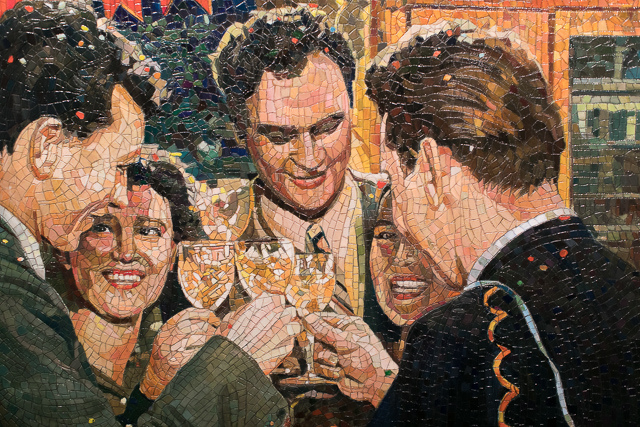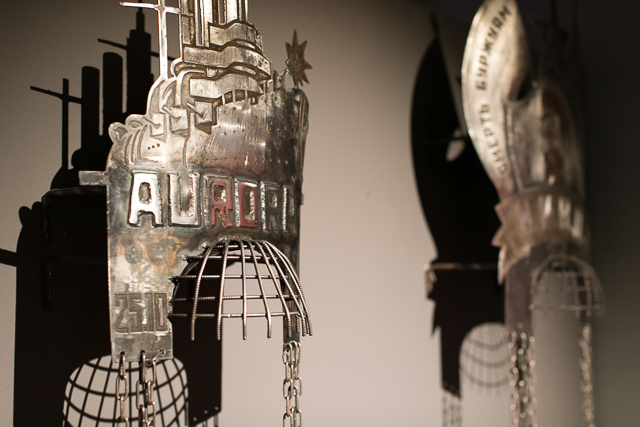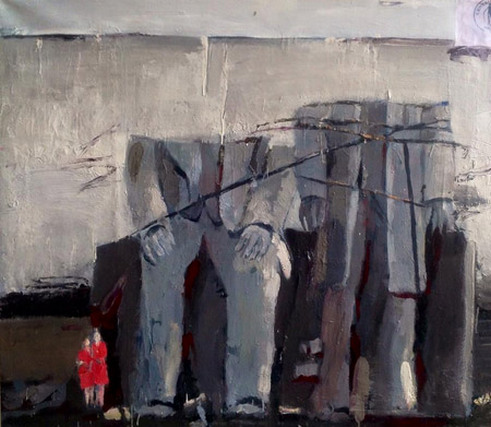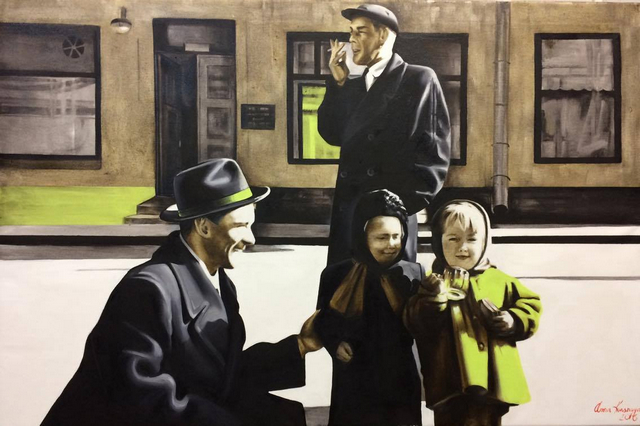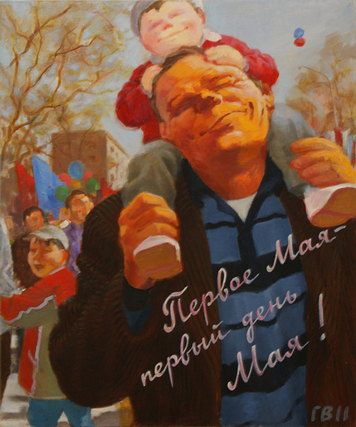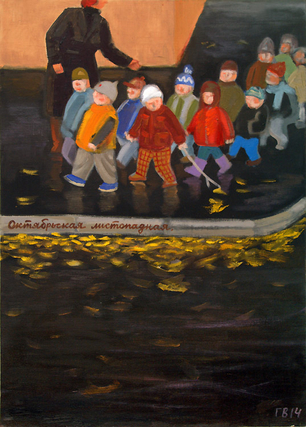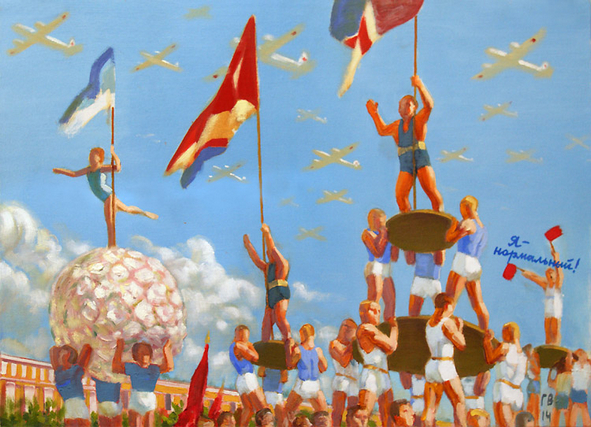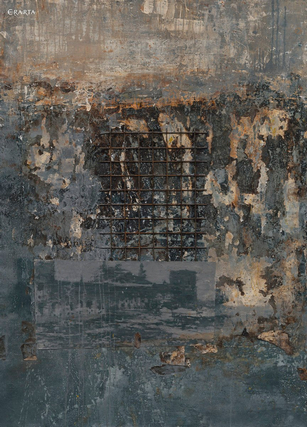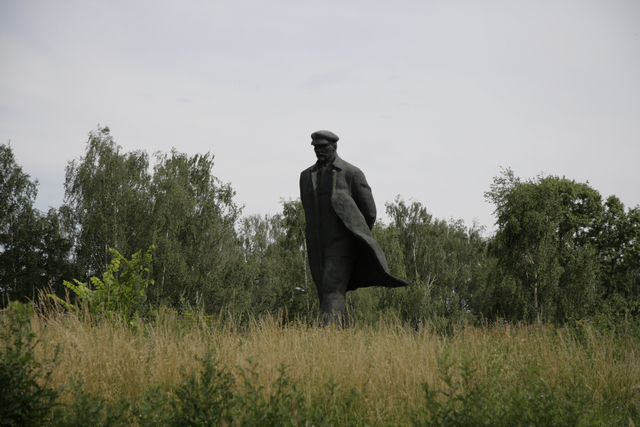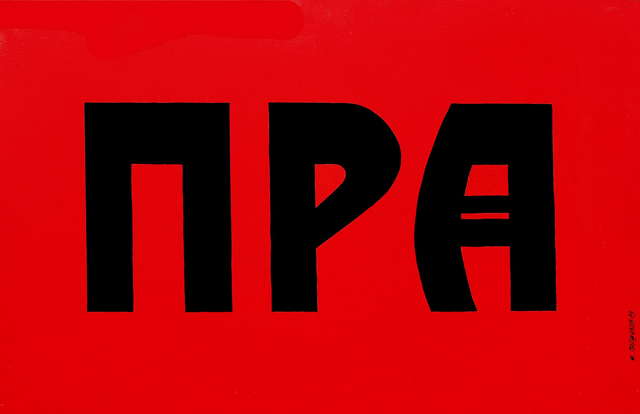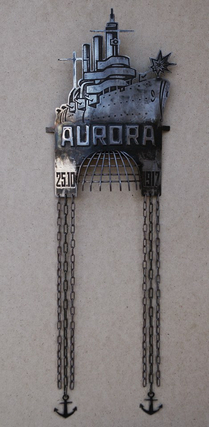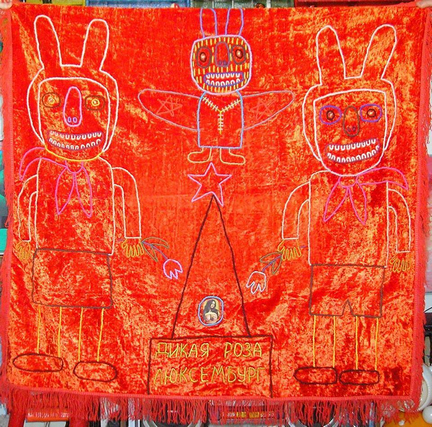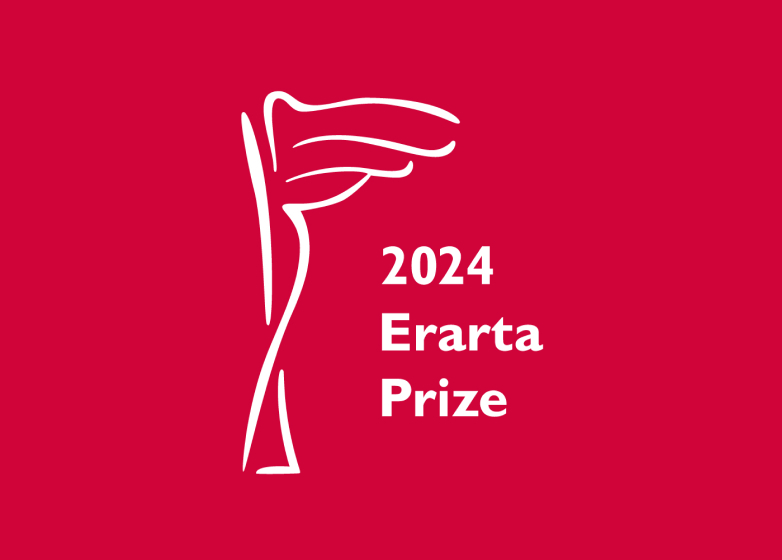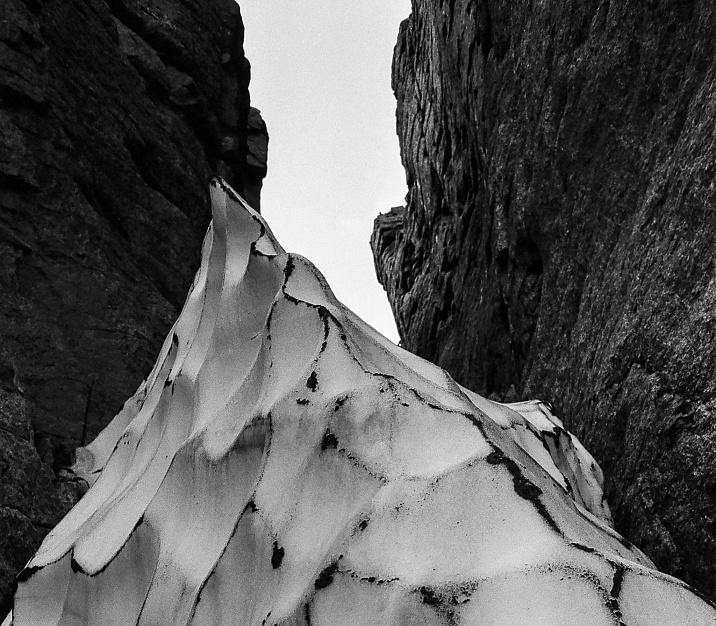The project dealing with long-term consequences of the revolution, such as civilizational isolation of the society that was attempting to build socialism in a country almost constantly under sanctions
- The communist myths and reality
- Reflection on the victims of the historical process, human values and quiet joys of the era of stagnation
- The works by the artists who have witnessed the Soviet civilization and those, who only had a brief acquaintance with by-gone era in their early childhood
This autumn, museums across the country are opening special exhibitions to mark and commemorate the 100th anniversary of Russian Revolution. Some of them see it as the perfect occasion to showcase the works of the Russian avant-garde and other art of the period; others seize the opportunity to pull out the works of Socialist realism from the storerooms. Erarta, on the other hand, is a young museum of contemporary art, working with living artists. With this in mind, we have developed an exhibition from the point of view of today.
Strictly speaking, the October Revolution itself is not the focus of “100 Years of Solitude” exhibition. The project deals with long-term consequences of the revolution, such as civilizational isolation of the society that was attempting to build socialism in a country almost constantly under sanctions. The exhibition tells about the communist myths and reality, about the victims of the historical process, about human values and quiet joys of the era of stagnation, about the archeology of Soviet everyday life, and about forgetting the past.
The history is shrouded in fog of amnesia and mythmaking. In part, “100 Years of Solitude” exhibition reflects timeless, unrelated to any anniversary, status of this subject in modern collective consciousness. The objective of the exhibition is not to evaluate and judge, but to reflect and reminisce.
The exhibition, limited in its scope, does not seek to illustrate an enormous historical period. Rather, it is reminiscent of the scattered mosaics, or fallen cobalt glass blocks, which cannot serve to restore the whole image in great detail, but will allow you to see and feel the material it’s made of. The structure of the exhibition, akin to human memory, or a dream, is discontinuous and fragmentary. It alternates the sublime and ordinariness, tragedy and irony, or nostalgia.
The exhibition brings together the works by the artists who have witnessed the Soviet civilization and those, who only had a brief acquaintance with by-gone era in their early childhood. For the most part, the exhibition comprises the works by living artists from Moscow, Saint Petersburg, Novosibirsk, Krasnoyarsk, Lipetsk, Saratov, Stavropol, Tver, Minsk, Odessa, and other CIS cities.
The participants include: Pyotr Gorban (1923–95), Andrey Pozdeyev (1926–98), Vladimir Vetrogonskiy (1923–2002), Boris Zabirokhin (St. Petersburg), Anatoly Belkin (St. Petersburg), Alla Davydova (St. Petersburg), Aleksandr Zagoskin (St. Petersburg), Olga Florenskaya (St. Petersburg), Alexander Tarasenkov (St. Petersburg), Vasily Slonov (Krasnoyarsk), Sergey Chernov (Moscow), Mikhail Parshikov (Novosibirsk), Vasily Golubev (St. Petersburg), Dmitry Shagin (St. Petersburg), Vitas Stasyunas (Moscow), Olga Soldatova (Moscow), Igor and Elena Kulik (St. Petersburg), Anatoliy Gankevich (Odessa), Igor Tishin (Minsk –Brussels), Nadezhda Anfalova (St. Petersburg), Vadim Leukhin (St. Petersburg), Igor Ivanov (St. Petersburg), Fyodor Krushelnitsky (St. Petersburg), Yury Tatyanin (Lipetsk), Svetlana Mazulevskaya (Saratov – Bern), Alexander Sakhno (Moscow), Alexey Lantsev (Moscow), Dmitry Kabin (Tver), Aleksandr Kosenkov (St. Petersburg), and others.

